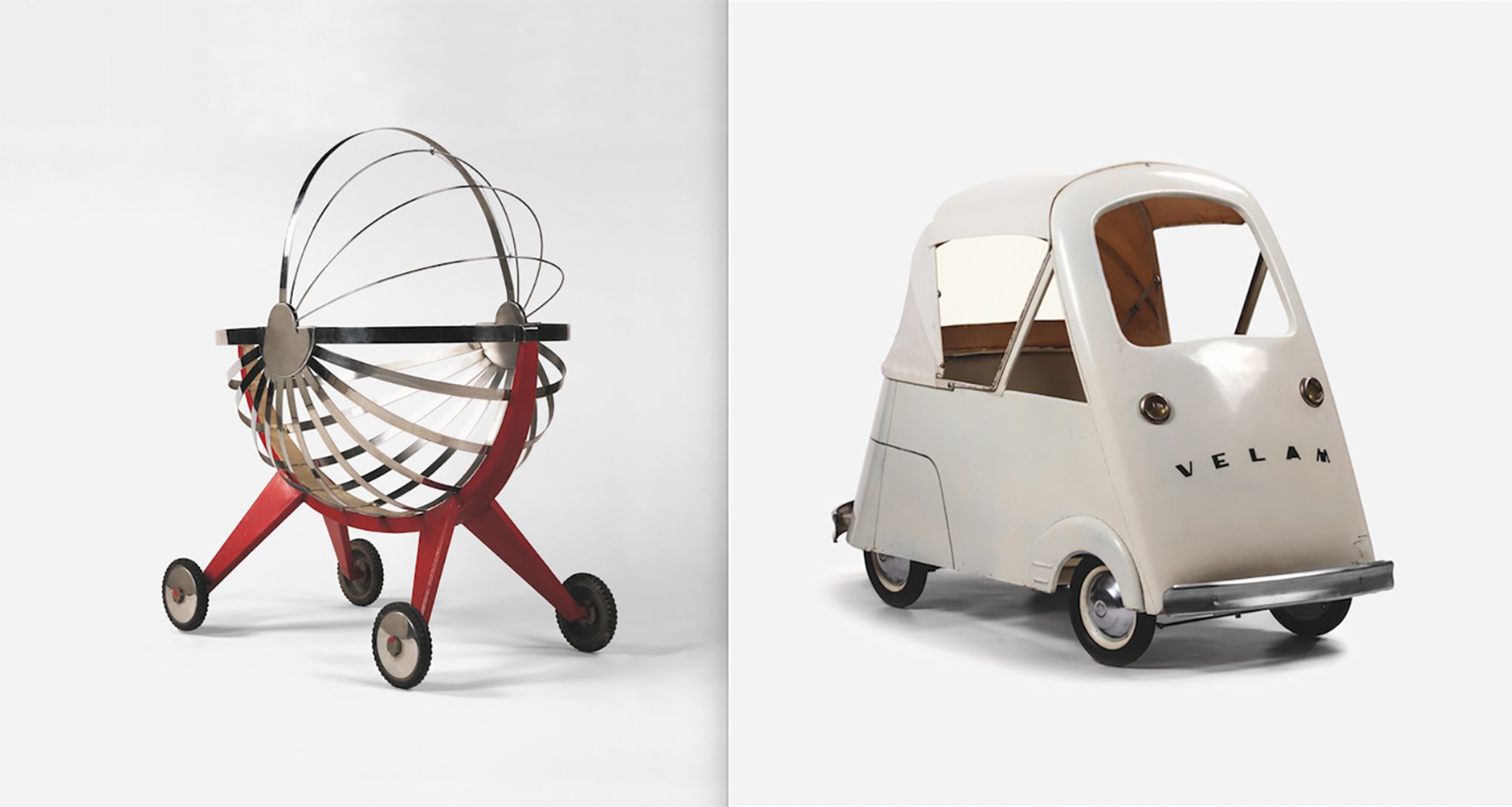Editor’s Note: Kimberlie Birks is a New York-based writer specializing in arts, architecture and design. The following is an edited excerpt from her forthcoming book “Design for Children: Play, Ride, Learn, Eat, Create, Sit, Sleep.” November 20 is United Nations’ Universal Children’s Day.
Anyone who has spent time around kids knows that child-rearing and aestheticism are often at odds. The required gadgetry seems to grow more elaborate with each passing year, offering an ever-growing number of bells and whistles to clutter our homes and test our sanity. With people now waiting longer to have children – and having fewer when they do – retailers are capitalizing on a population of devoted parents with deeper pockets.
Philosopher Alain de Botton’s assertion that “all designed objects are propaganda for a way of life” seems all the more relevant when designing for children, as the things we surround them with shape their perception of the world. Thankfully, history is littered with designers – often parents themselves – who rejected the notion that the stuff of childhood needs to be garish and disposable.
Here are eight examples of toys and objects that both children and parents would welcome into their homes.
Isetta Pedal Car, 1957
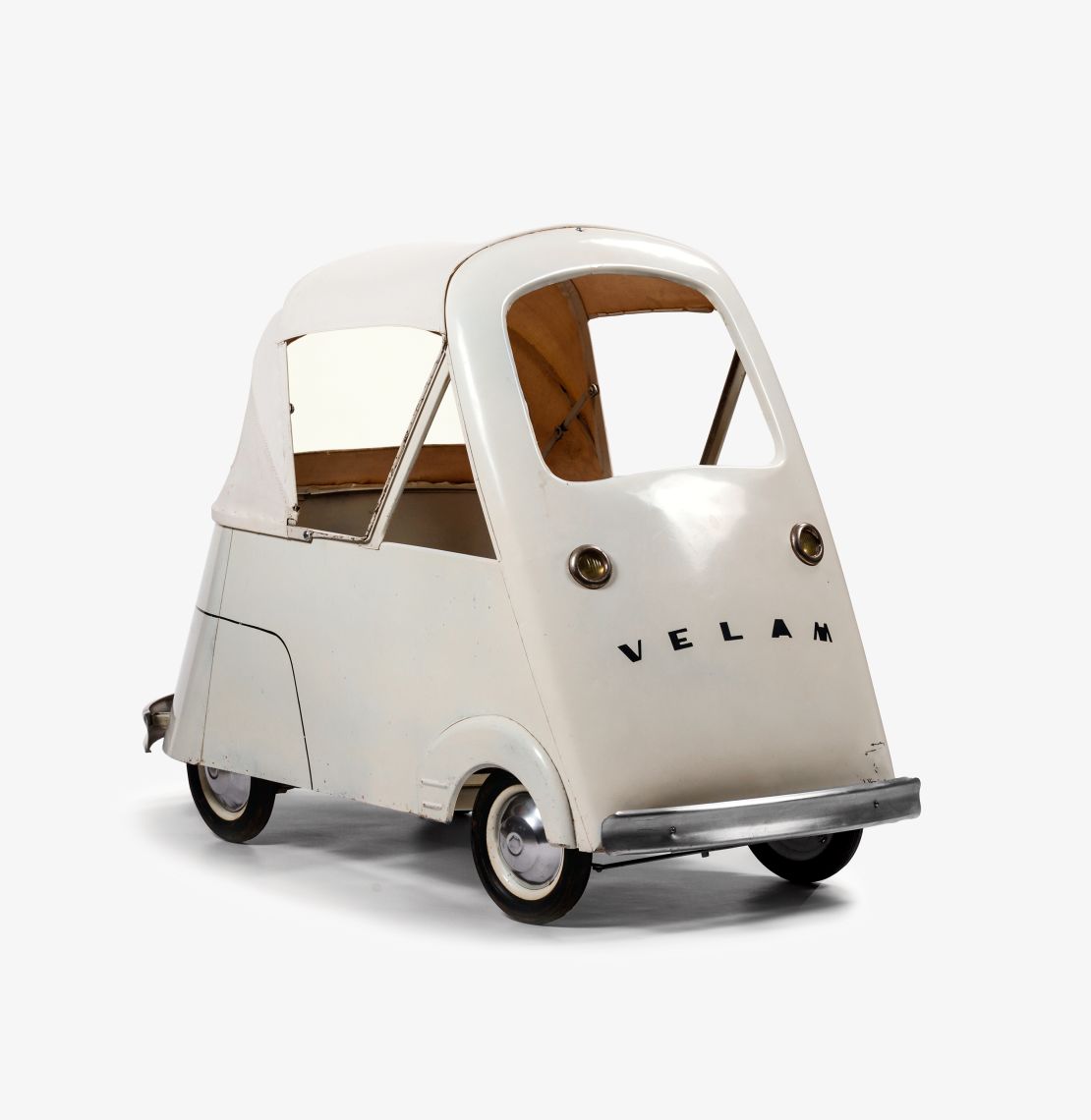
This unusual pedal car is based on the Isetta, the iconic but short-lived bubble car born during the micro-car craze that swept Europe during the 1950s. The Isetta’s signature shape, bizarre space-saving front door and single-seat occupancy made the vehicle instantly recognizable.
Originally designed in Italy, the Isetta was licensed to a number of companies across Europe, including Velam in France. More pod-like than the original, the Velam version earned the nickname the “yoghurt pot.” While this pint-sized pedal car lacks some of the original’s notable features, it perfectly captures the Isetta’s quirky and distinctive form.
Kaleidoscope House, 2001
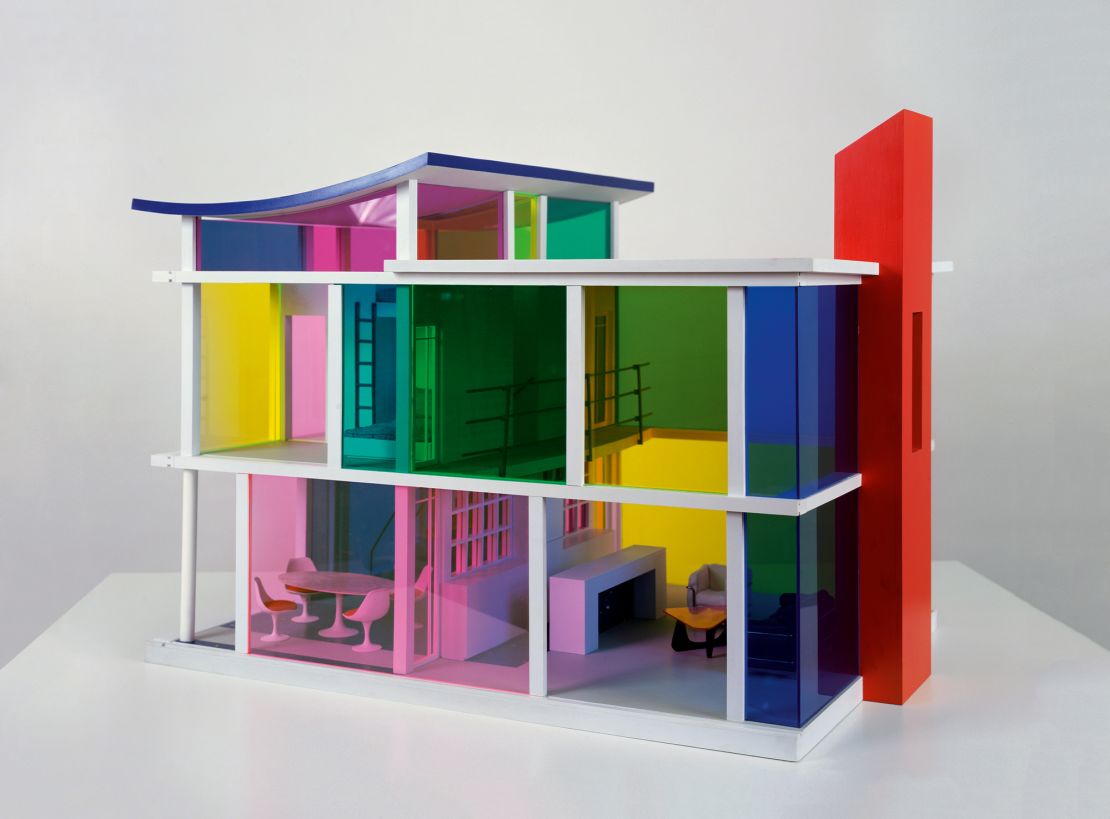
Artist Laurie Simmons first gained recognition in the 1970s for a series of photographs shot from within a vintage doll’s house. When Bozart Toys founder and former private art dealer, Larry Mangel, commissioned her to design a doll’s house of her own, she teamed up with architect Peter Wheelwright to create the Kaleidoscope House.
Far from your typical doll’s dwelling, the Kaleidoscope House was a tiny shrine to contemporary art, accessorized with miniature designer furniture. An art collection by many of Simmons’ friends – Cindy Sherman and Barbara Kruger included – was also provided.
Monkey, 1951
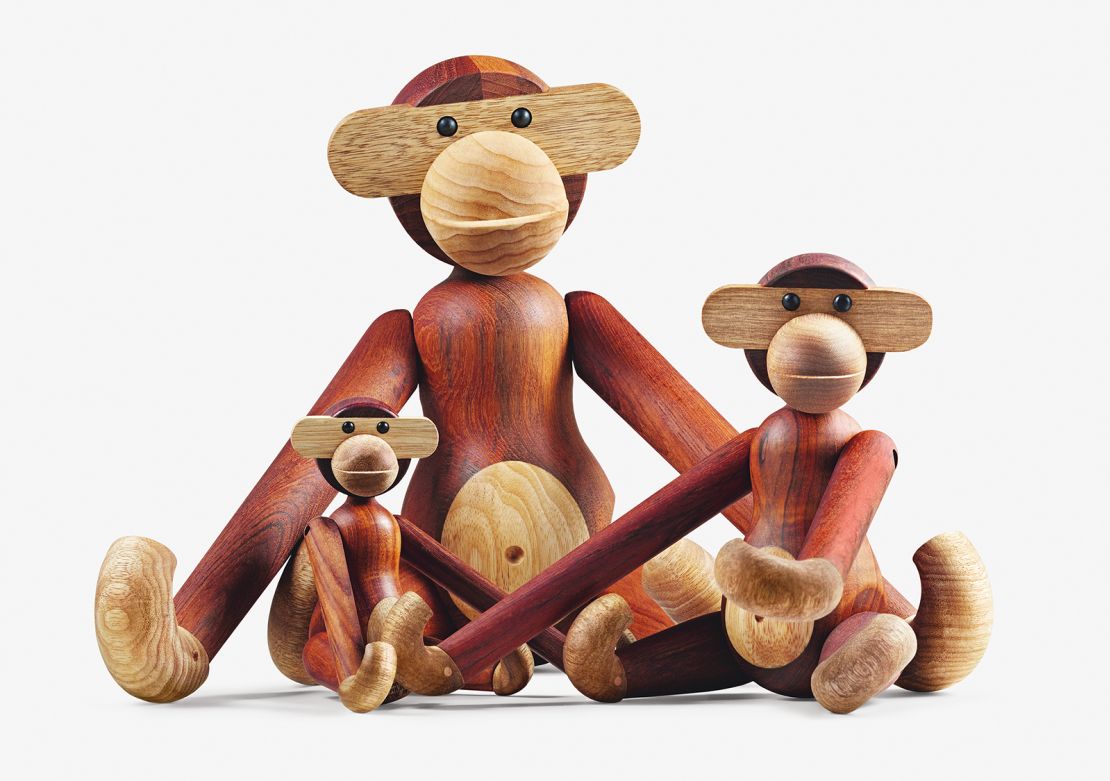
Trained as a silversmith under the famed Georg Jensen, Kay Bojesen was among the first designers to embrace functionalism in Danish crafts. The birth of his son, Otto, in 1919, inspired Bojesen to create playthings reminiscent of those his own father had made for him.
Maintaining that his designs should be round, soft and feel good in the hand, Bojesen sought to create animals with soul and a sense of humor. Originally conceived as a coat hook, Bojesen’s monkey exemplified the designer’s belief that the lines of design should “smile.” Able to hang from either his hands or feet, this charming simian quickly swung to design fame.
IO Bunk Pod, 2013
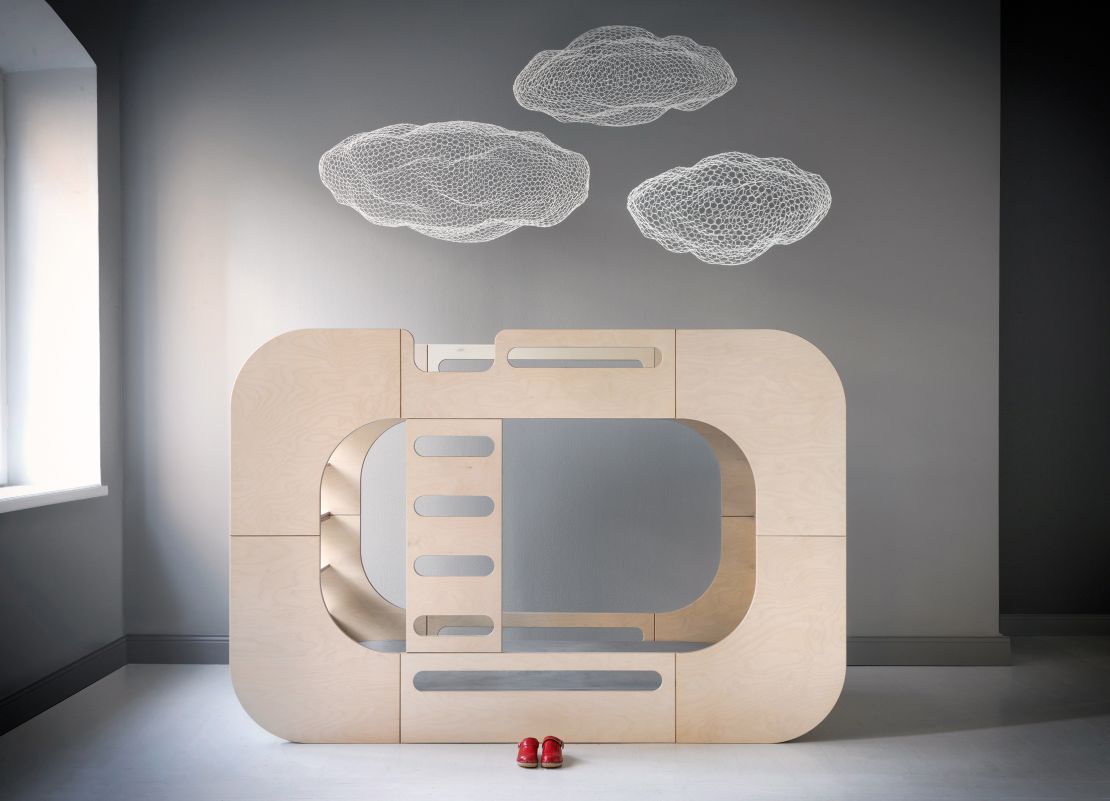
There is a touch of Stanley Kubrick’s “2001: A Space Odyssey” in the award-winning IO Bunk Pod, created by Mina Panic for her company, IO Kids Design. The bed can transform into two single beds, a combined bed and desk unit, or even separate bed and desk pieces.
Its ability to evolve as a child grows makes it a sustainable piece of furniture that can adapt to the changing needs of the family. Drawing on the utility, clean lines and craftsmanship of Scandinavian design, IO Bunk Pod comprises a minimal number of parts, making it easy to assemble.
Series E Classroom Chair, 1971
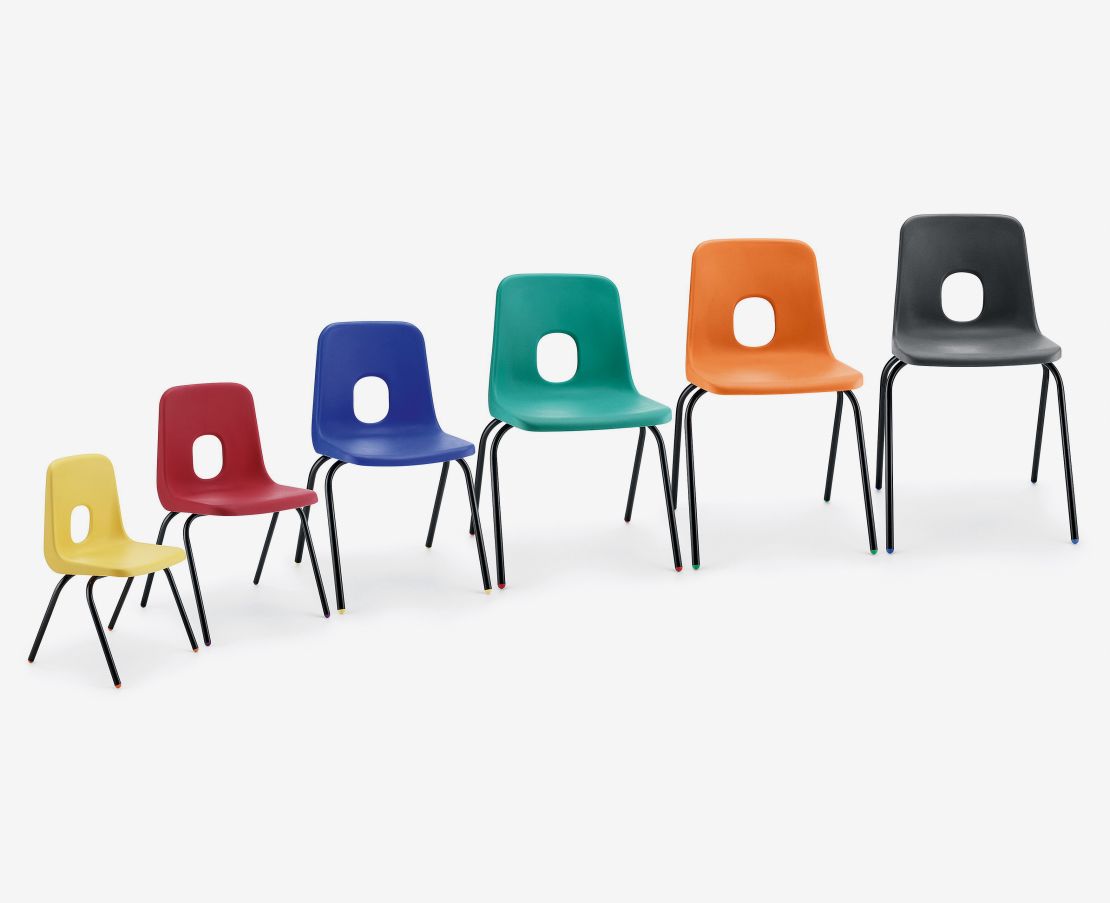
Charged with designing a low-cost, mass-produced, stacking chair that would meet virtually every seating requirement, British designer Robin Day conceived the now classic Polypropylene chair. First produced in 1962, the Polyprop (as it is commonly known) was injection-molded from the then-new thermoplastic, polypropylene, a material which proved to be cheaper, lighter and more durable than other plastics.
Day’s 1962 design was both visually sophisticated and structurally ingenious, making it a landmark of modern furniture design. Its success led the designer to release several variations, including Series E (pictured), which came in five sizes and had a lifting hole in its back.
Blockitecture, 2013
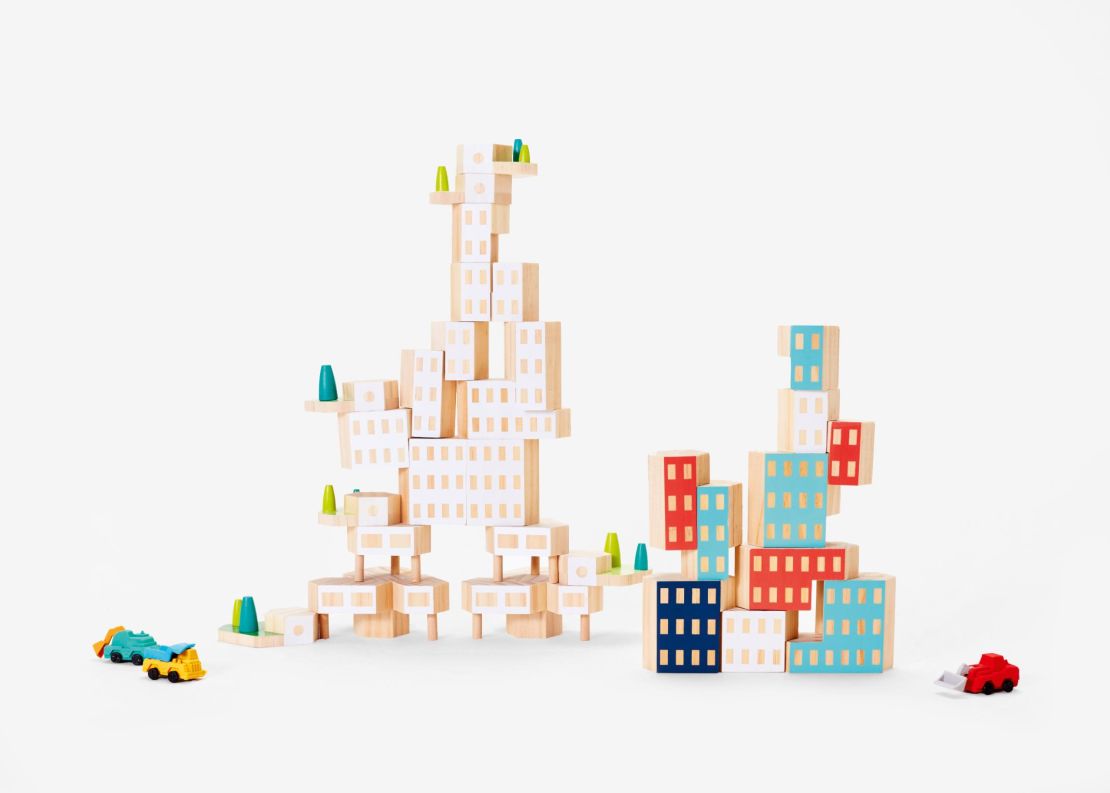
When James Paulius, then a student at the Rochester Institute of Technology, set out to create a toy for his university’s annual Metaproject design challenge, he found inspiration in one of Brutalism’s most far-out architectural designs: Moshe Safdie’s Habitat 67. Built in Montreal for Expo 67, Safdie’s condominium comprised dozens of prefabricated modular units, piled into a seemingly haphazard construction.
Similarly, Paulius’s winning Metaproject entry consists of a series of hexagonal, window-laden blocks. The shapes of the blocks enable them to be assembled into interesting formations of sky-high verticals and cantilevered horizontals, defying the boundaries often imposed by more traditional cubic blocks.
Cradle, 1936
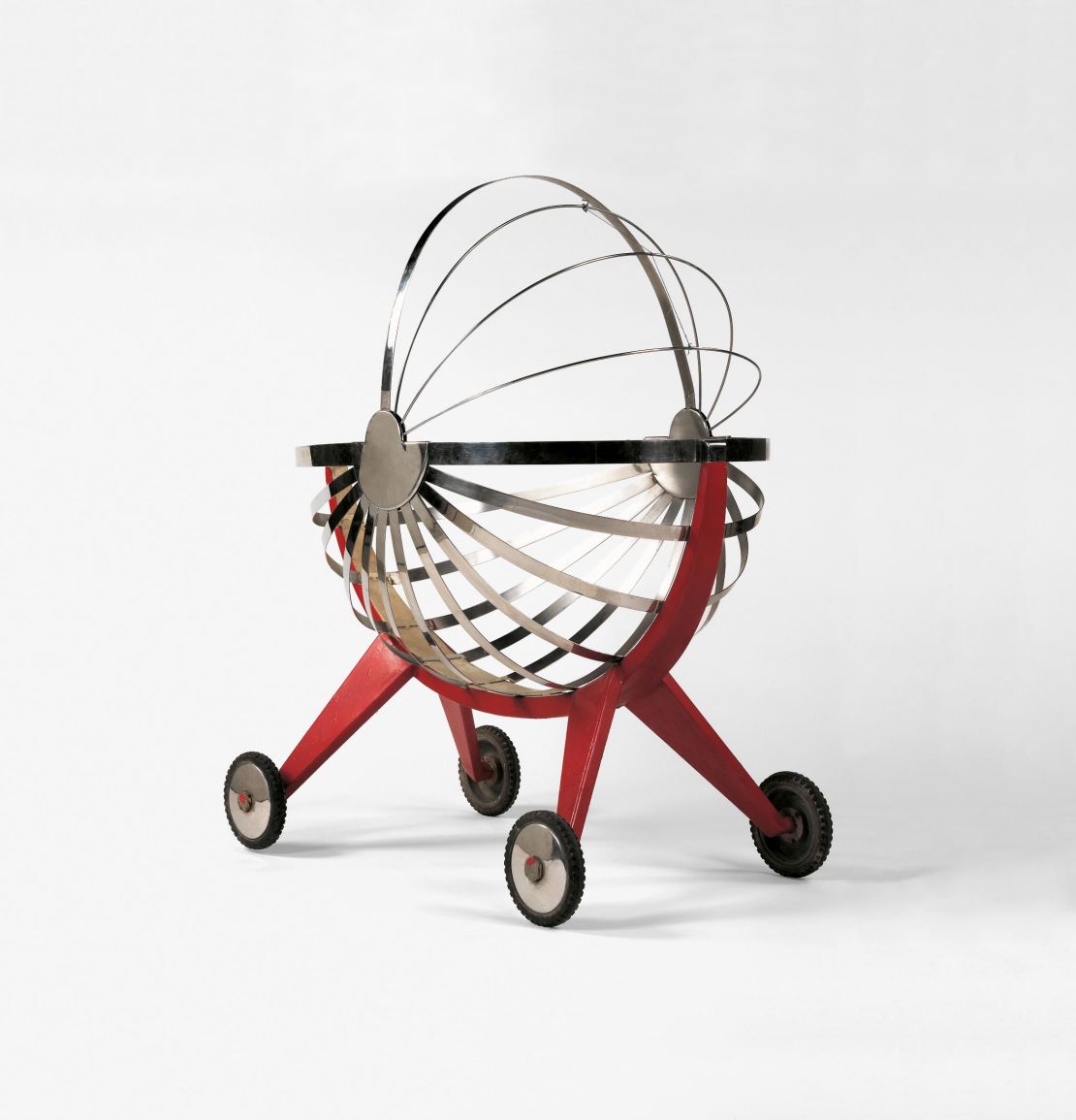
Celebrated French designer Jean Prouvé’s furniture is known for its novel approach to both materials and construction. Striving for the most efficient design, he drew inspiration from the new technologies of the day, namely those used within the automotive and aeronautical industries, often imbuing his objects with a futuristic look.
This mobile bassinet displays his signature use of metal in its rib cage-like construction, and borrows from early aviation design, with rubber wheels that resemble an airplane’s landing gear. While Prouvé was a proponent of mass production, this interwar cradle was commissioned for the daughter of Prouvé’s collaborator and friend, Marcel Lods.
Play Kitchen, 2014
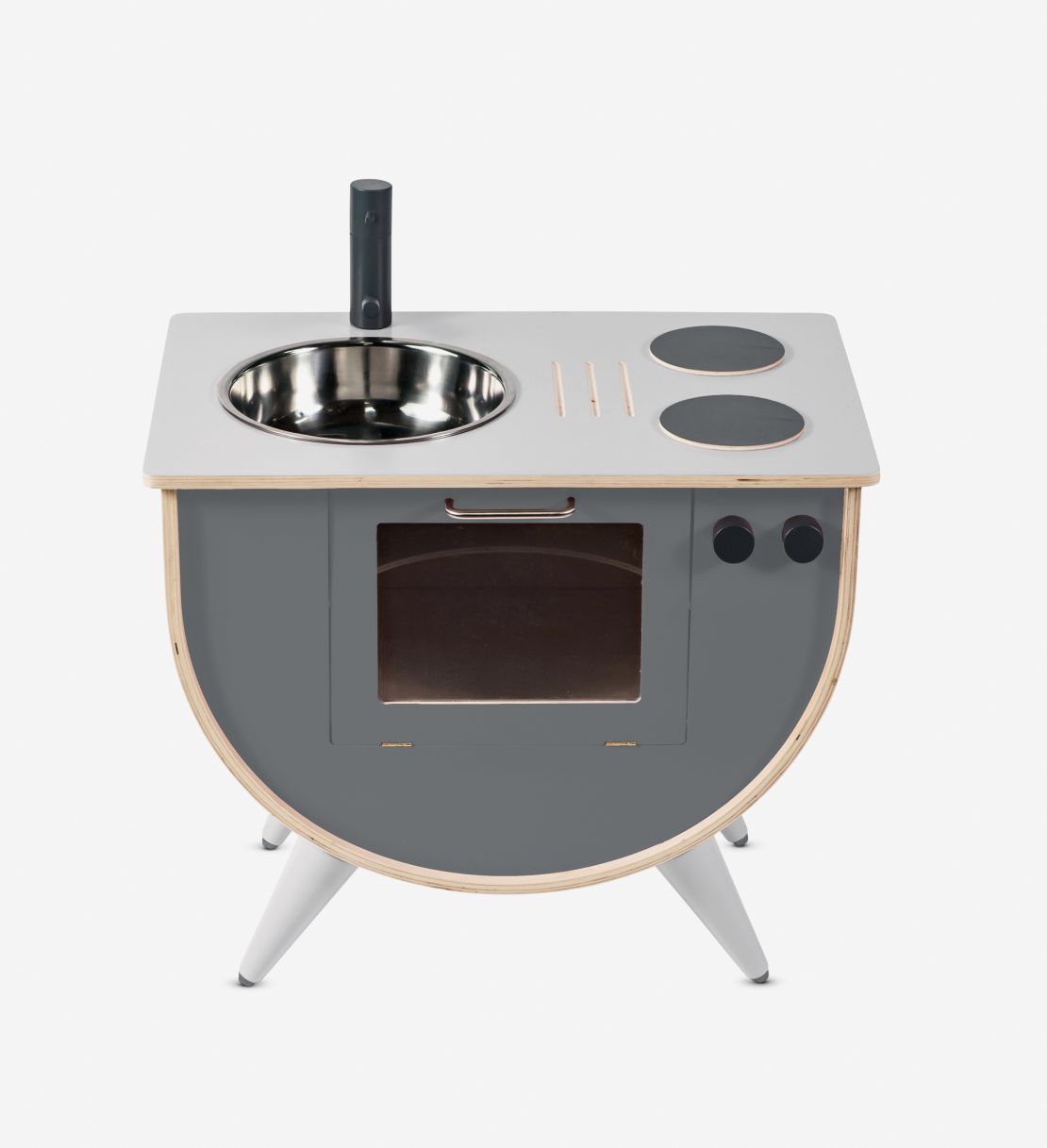
When designer Mia Dela gave birth to her first son, she found herself surrounded by a world of unappealing pastel and plastic. Wanting more aesthetic and ecologically conscious options, she founded the child-centric Sebra Interior in 2004. Producing textiles, lighting, furniture and toys from natural materials, such as wood, wool and organic cotton, Dela’s creations feature subtle color palettes and appealing design elements.
Her Play Kitchen, made of birch with metal detailing, has a refined, curved shape that makes it appear more like a piece of contemporary furniture than a toy. Its oven, hotplates and a removable sink invite active play cooking, cake baking – and easy cleaning.
“Design for Children: Play, Ride, Learn, Eat, Create, Sit, Sleep,” published by Phaidon Press, is available now.
